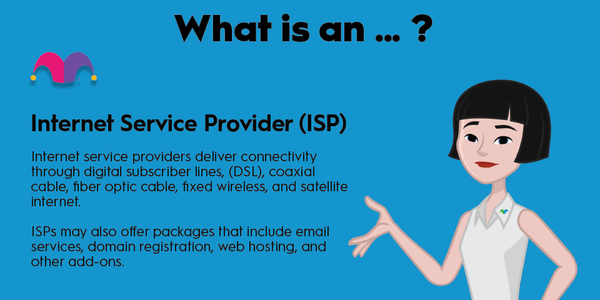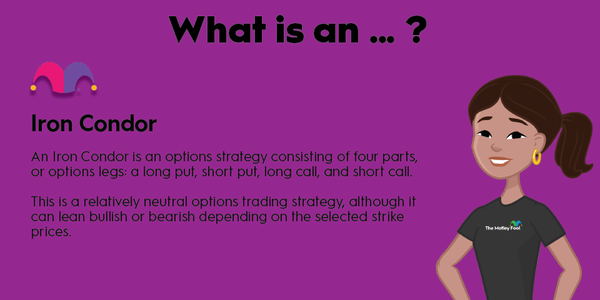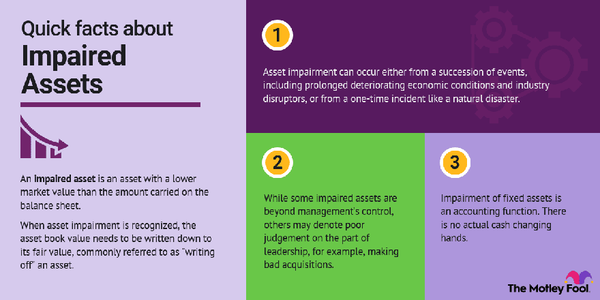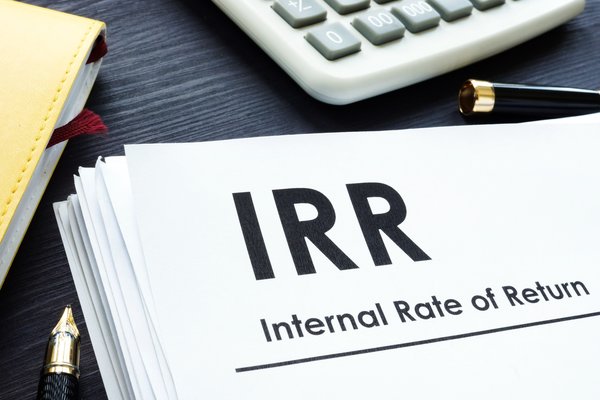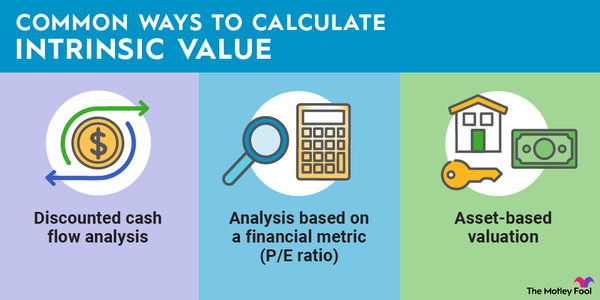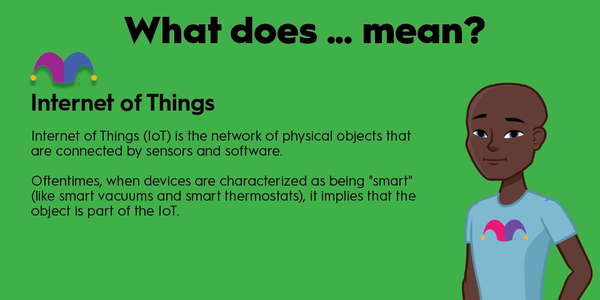Implied volatility (IV) is a metric that indicates how much the market expects the value of an asset to change over a certain period of time. IV is derived from options pricing. When options command more expensive premiums, it indicates greater implied volatility. You can use implied volatility to produce confidence ranges for the terminal price of an asset by a certain date.
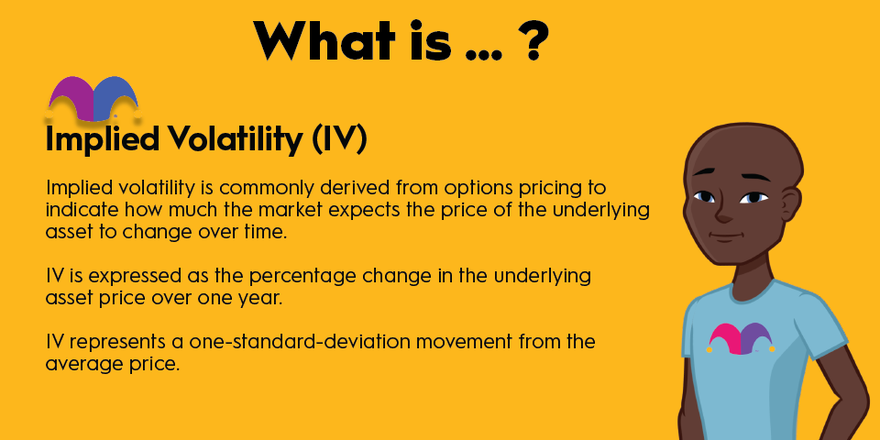
What is implied volatility (IV)?
What is implied volatility (IV)?
Implied volatility is commonly derived from options pricing to indicate how much the market expects the price of the underlying asset to change over time. IV is expressed as the percentage change in the underlying asset price over one year.
IV represents a one-standard-deviation movement from the average price. That means the market is pricing in a 68% chance the asset will move less than or equal to the amount calculated by its implied volatility. For example, if a $100 stock has an implied volatility of 15%, the market says there’s a 68% chance the price will be between $85 and $115 a year from now.
Extending to two or three standard deviations can provide a 95% confidence interval and a 98% confidence interval, respectively. To do so, you simply multiply the implied volatility by two or three.
How to calculate the implied volatility
How to calculate the implied volatility
Implied volatility is readily calculated by plugging existing options prices into the Black-Scholes model.
The Black-Scholes model is one of the most widely used options pricing models. IV is one of the inputs for the pricing model formula, but since it’s a complete formula, you can solve for IV given an option price.
Using an option with a strike price near the underlying asset’s current price and an expiration closest to the date you want to find the implied volatility for will provide the best results. As you move further away from the underlying asset’s current price, options pricing is often skewed by forces other than implied volatility.
How to use implied volatility
How to use implied volatility
Investors can use implied volatility in their investment decision-making process in a few different ways.
IV may provide investors with an idea of how risky a particular stock or asset is. For example, a stock with a high implied volatility has a higher chance of producing returns farther away from expectations than a stock with lower implied volatility. An investor with low risk tolerance may put a smaller allocation toward a stock like that and a bigger allocation toward low-IV stocks.
Options traders may pay close attention to implied volatility since it’s one of the main factors driving options pricing. Considering IV typically reverts to the mean, a spike in IV may be an opportunity to sell options contracts, while a drop in IV could be an opportunity to buy options. Options traders can use metrics like IV percentile or IV rank to determine whether implied volatility is currently high or low on the options contracts an investor is considering.
Examples of factors that impact implied volatility
Examples of factors that impact implied volatility
Implied volatility changes from second to second based on market forces, but a few things will consistently drive implied volatility higher or lower.
The first factor is upcoming news. If a company is about to report earnings results, investors will see a spike in implied volatility in the run-up to that report. That makes sense, as some of the biggest price movements in stocks happen in reaction to earnings beats or misses. Implied volatility can also be used to determine the expected swing in a stock price from an upcoming earnings release.
When unexpected news comes out, many stocks will see a spike in implied volatility as the market digests the news. Those spikes usually decline quickly as the market prices in the information and the stock price settles.
The news doesn’t have to be stock-specific. For example, interest-rate-sensitive stocks like growth stocks may see an increase in implied volatility leading up to Federal Open Market Committee (FOMC) meetings, where the Fed may announce a change in the federal funds rate.
Implied volatility goes down when there’s increased certainty about a company or other asset’s future. The impact is usually much slower to develop than the spikes in IV caused by news and other drivers of uncertainty. Generally speaking, implied volatility will decline after an expected news release is incorporated into the underlying asset’s market price. Ultimately, implied volatility typically reverts to the mean for the underlying asset.
